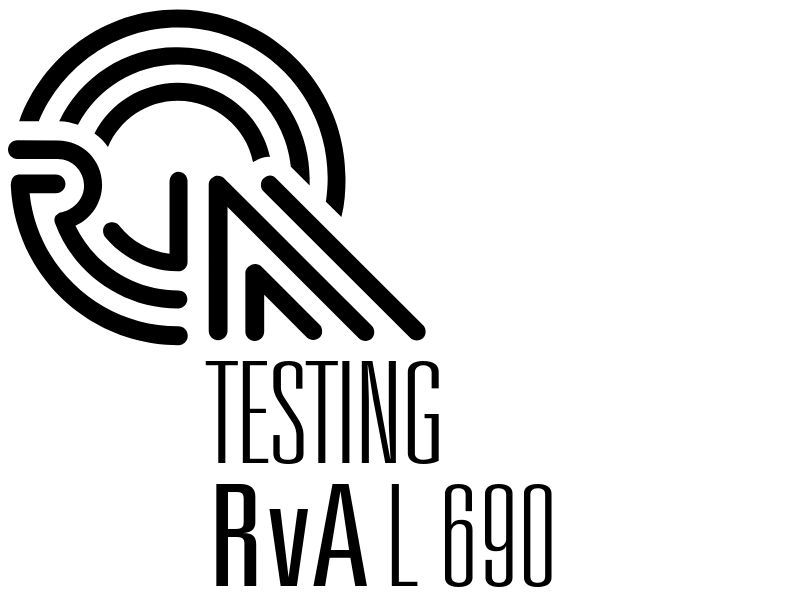Can we predict defects before software gets into production?
In our latest #QAInsights initiative, we described the current state of AI-driven test automation. If you want to review this post, please go to: https://www.resillion.com/latest-news/ai-driven-test-automation/
In the fast-evolving world of software development, the quest for flawless code remains paramount. As we push the boundaries of technology, the complexity of software systems grows, making the task of ensuring their reliability and quality increasingly challenging. In this article, we tackle the topic of Software Defect Prediction (SDP), a field dedicated to foreseeing and mitigating potential errors before they manifest into costly problems. This blog post by Kurt Neuskens explores the current state of SDP, its significance, methodologies, challenges and the promising horizon that lies ahead.
The significance of Software Defect Prediction (SDP)
Software defects can range from minor bugs that slightly annoy users to critical vulnerabilities that compromise data security and system functionality. In this context, SDP is not just about fixing errors; it’s about proactively improving software quality, reducing development costs and enhancing user trust and satisfaction.
Methodological evolution
From traditional to Machine Learning (ML) approaches
Traditionally, SDP relied on manual code reviews and simple statistical techniques to identify potential problem areas. However, with the advent of ML and Artificial Intelligence (AI), the landscape has dramatically shifted. Today, SDP leverages sophisticated algorithms to analyse historical data, code metrics and change logs, providing insights with unprecedented accuracy. Within Project Defect Prediction (WPDP) focuses on predictive techniques that are trained on a specific project and the prediction accuracy is measured within these boundaries. Cross Project Defect Prediction (CPDP) tries to extend the reach of predictive capabilities.
Secondary and tertiary studies
The body of knowledge in SDP has grown through secondary studies, such as Systematic Literature Reviews (SLRs) and meta-analyses, synthesising findings from primary research. These studies have been instrumental in identifying effective predictive models, techniques and tools. Tertiary studies go a step further, aggregating insights from these secondary sources to offer a panoramic view of the field, highlighting trends, gaps and future directions. An interesting tertiary study on SDP is a research landscape on Software Defect Prediction from Anam Taskeen, Saif Ur Rehman Khan and Ebubeogu Amarachukwu Felix.
Challenges ahead
Despite significant advancements, several challenges remain in the path of accurate SDP:
Data quality and availability: High-quality, accessible datasets are crucial for training and testing predictive models. However, inconsistencies, incomplete data and the lack of publicly available datasets pose significant hurdles.
Model generalisation: Creating models that perform well across different projects, languages and domains remains a challenge. The specificity of software projects often requires tailored models, complicating the task of generalisation.
Class imbalance: Defective instances in software projects are typically fewer than non-defective ones, leading to class imbalance issues that can skew model performance.
Interpretability and explainability: As ML models become more complex, understanding their predictions and the factors influencing them becomes more challenging, raising concerns about transparency and trust.
The promising horizon
Looking ahead, the field of SDP shows a lot of opportunities for innovation and improvement:
Advances in AI and ML: Ongoing advancements in AI and ML, including deep learning, offer new possibilities for more accurate and robust defect prediction models.
Available categorised data on software quality: There are big advancements in code quality analysis tools like SonarQube, CodeGuru, Snyk and others in combination with a lot of test data that deliver better training data for categorising different types of defects.
Cross-project prediction: Research is increasingly focusing on models that can be applied across different projects, enhancing their utility and flexibility. This in contrast with ‘Within-Project Defect Prediction’ that cannot be extended to other scopes or projects.
Early prediction: Efforts to predict defects earlier in the development lifecycle, even during the design and requirements phases, promise to further reduce costs and improve quality.
Ethical AI and fairness: As awareness of AI ethics grows, future SDP models will likely incorporate considerations of fairness, bias and ethical use, ensuring they benefit a broad range of users and scenarios.
Looking forward to a bright future
ML techniques are getting more and more attention in R&D within SDP. There is little research on ‘Cross Project’ Defect Prediction and the research that is available is not satisfactory enough at the moment of writing although ‘Within Project’ Defect Prediction already yields some good results on certain testing types. With the rise of available and structured software quality metrics, the evolution on feature extraction with ML and the interest of R&D in new architectures like transformer models and semantic networks (knowledge graphs), the future on effective, Cross Project Defect Prediction looks bright.
As we journey forward, your insights and queries fuel our quest for innovation. Connect with us through our contact form below to be part of shaping the future of software development.
Want to learn how we can help?
Get in touch with one of our experts.
Our Accreditations and Certifications







